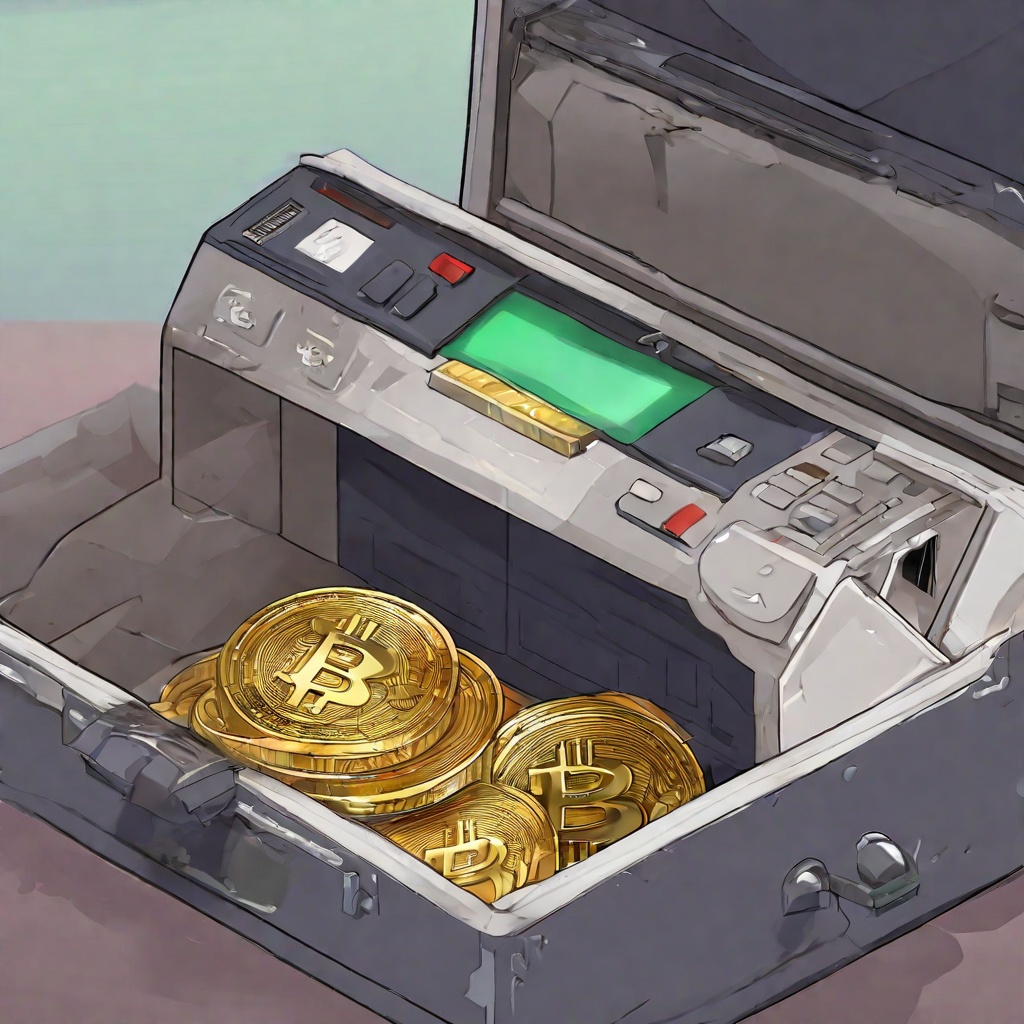How to trade with Kagi?
Are you interested in learning how to trade with Kagi charts? If so, you're in the right place! Kagi charts are a unique type of chart that can be used to identify trends and potential trade opportunities in the <a href="https://www.btcc.com/en-US" title="cryptocurrency">cryptocurrency</a> market. But before we dive into the specifics of trading with Kagi charts, let's take a moment to understand what they are. Kagi charts are a type of price chart that uses a series of vertical lines, or "kagi," to represent price movements. These lines are plotted based on price changes rather than time intervals, which can make them particularly useful for identifying trends and patterns. Now, let's get into the question at hand: how do you trade with Kagi charts? One of the key things to keep in mind is that Kagi charts can be used to identify both uptrends and downtrends. When a series of kagi lines are rising, it can be a sign that the market is in an uptrend, and vice versa for downtrends. To trade with Kagi charts, you can look for opportunities to enter trades in the direction of the trend. For example, if you see a series of rising kagi lines, you might consider buying into the market in anticipation of further gains. Similarly, if you see a series of falling kagi lines, you might consider selling or shorting the market. It's important to note that trading with Kagi charts, like any other trading strategy, comes with risks. Before you start trading with Kagi charts, be sure to do your research and understand the potential risks and rewards involved. And always remember to use proper risk management techniques, such as setting stop-loss orders, to protect your capital. So, are you ready to start trading with Kagi charts? With a little practice and patience, you could find that they offer a unique and powerful way to analyze and trade the cryptocurrency market.

What is the market cap of Kagi?
Could you please clarify what the current market capitalization of Kagi is? I'm interested in understanding its current value and how it compares to other cryptocurrencies in the market. Is Kagi's market cap increasing or decreasing, and what might be contributing to these changes? Additionally, what factors do investors typically consider when assessing the market cap of a <a href="https://www.btcc.com/en-US" title="cryptocurrency">cryptocurrency</a> like Kagi?

Who is the owner of Kagi?
Who is the enigmatic figure behind the Kagi cryptocurrency? Despite the project's growing popularity and the innovative solutions it offers, the identity of its owner remains shrouded in mystery. Could it be a seasoned investor looking to disrupt the industry? A tech visionary with a mission to revolutionize finance? Or perhaps, a group of like-minded individuals collaborating under a single pseudonym? As the community eagerly awaits answers, the question lingers: Who is the mastermind behind Kagi, and what does their vision hold for the future of cryptocurrency?

Who created Kagi?
Who exactly was the mastermind behind the creation of Kagi? Was it a solo developer who had a vision for a revolutionary new cryptocurrency, or was it a team of experts who collaborated to bring this innovative project to life? I'm intrigued to know the background and motivations of the individual or individuals who conceived of Kagi and how they set out to achieve their goals. It's fascinating to ponder the thought process and the challenges they faced along the way, as well as their ultimate success in launching this exciting new platform. So, who can we thank for the creation of Kagi, and what inspired them to embark on this groundbreaking endeavor?

What is the difference between candlestick and Kagi?
Could you please elaborate on the key differences between a candlestick chart and a Kagi chart in the realm of <a href="https://www.btcc.com/en-US" title="cryptocurrency">cryptocurrency</a> and financial analysis? How do these two charting methods differ in their representation of market trends, price movements, and decision-making processes for traders? Additionally, in which scenarios would one type of chart be more advantageous to utilize over the other?

